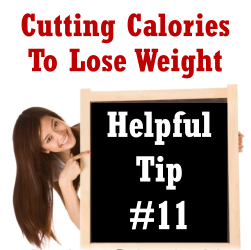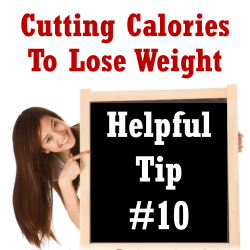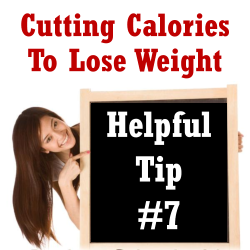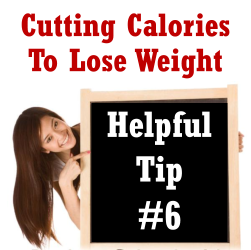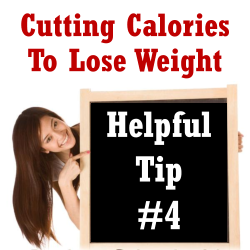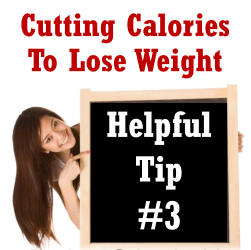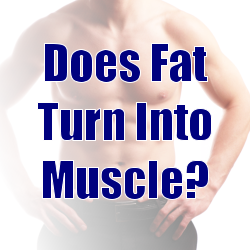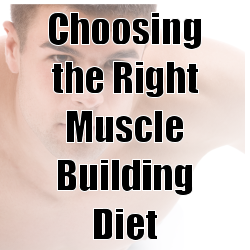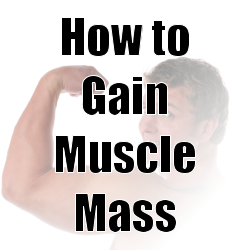If you are trying to lose weight, we know one strategy is to cut calories. However until your body gets used to not getting as many calories per day, you may have occasional pangs of hunger. The good news is there are several strategies that can help curb the urge to eat.
Water
Good ol’ H2O is your friend when trying to cut calories. To keep hydrated, you should drink eight 8-ounce glasses of water per day. One strategy you can use to trick your body is to drink a glass of water shortly before eating your meal. Water fills you up and when combined with a meal, your mind signals you that it is full even though you are now eating less calories than before. Drink the rest of your water requirement throughout the day.
Fiber
Another friend you’ll like is fiber. You’ll find it in such things as legumes, fruits, vegetables and whole grains. Foods high in fiber take longer to chew, so your brain has time to signal that your stomach is full. Most fiber is non-soluble meaning it is not digested by your body. So you get the bulk of fiber, but not the calories. Ramp up your fiber intake slowly and drink lots of fluids. If you notice bloating, gas or constipation, back off your fiber content until your body gets used to the extra roughage.
Protein
Protein is a good food to help satisfy your hunger because it takes longer to digest than other foods, like carbohydrates and fats. When trying to lose weight, be sure to start your day with protein in your breakfast. This gives your body something to use as fuel after having fasted all night instead of burning up muscle mass. And it allows your body to use the amino acids in protein to build lean muscle mass. More muscle mass means your body is burning more calories in order to fuel the increased caloric requirement.
Produce
Produce like fruits and vegetables tend to fill you up, but are low in calories. Because they contain a lot of water, you can fill up on them without busting your calorie goal. With much of the produce, it takes more calories to digest them then the calories that are in them. This is known as a negative calorie food.
By drinking water, eating low calorie produce and eating foods high in fiber and protein, you will be well on your way to keeping your hunger in check while cutting calories. You can cut calories and not be hungry at the same time.
How to Curb the Late Night Urges for a Snack
What you eat for breakfast may very well affect your urge to eat at night. That’s right. Studies based on blood samples and brain activity scans prove that eating a breakfast high in protein in the morning can curb your desire to eat after supper. But what if you have those after-supper or late night overwhelming urges to eat something – anything?
Evening grazers have found these six strategies work at curbing their late night snacking urges:
1) Eat foods high in fiber
High fiber foods keep you from getting hungry by keeping you fuller longer. Also, most foods high in fiber contain fewer calories than lower fiber foods. Legumes, fresh fruits and vegetables, and whole grains are staples and full of fiber.
2) Keep busy
Take a look at why you are eating. Is it because you are physically hungry, or are you eating to quell some emotions or from boredom? If you are actually hungry, then by all means have a snack (by snack we are talking 250 calories or less), such as a small apple, rice cake with peanut butter, or a cup of low-fat yogurt. Be sure to factor in these calories into your daily calorie count.
But if you are not hungry, then keep busy doing something that will take your mind off of eating, such as taking a walk, working emails, calling a friend, going to bed or just waiting for a while. Normally that urge to raid the refrigerator will pass with time.
3) Eat your evening meal later than normal
If you find you actually are hungry, try eating your evening meal a little later than normal. This may keep you full until bedtime, thus eliminating your evening snack.
4) Eat a healthy morning and afternoon snack
One of the biologic functions that can fuel a hunger binge is a drop in blood sugar. Prevent this by having a healthy snack in the morning and afternoon in addition to your small healthy breakfast, lunch and dinner.
5) Plan a healthy night-time snack
There is nothing wrong with eating a late-night snack if you plan the calories into your daily count. Chew on some carrot sticks or celery filled with peanut butter. The fiber will keep you satisfied until breakfast.
6) Only keep healthy foods stocked in your pantry
One way to keep from wrecking your diet through late-night snacking is to not have “bad” snacks in the house. You can’t eat something that is not there. If you must have something to eat, gosh on some popcorn (without the butter of course). It can be eaten slowly and the fiber will fill you up without all the extra calories.
Part of overcoming your late-night urges is setting you up for success. Use these six strategies that other late-night grazers have found to be effective.
